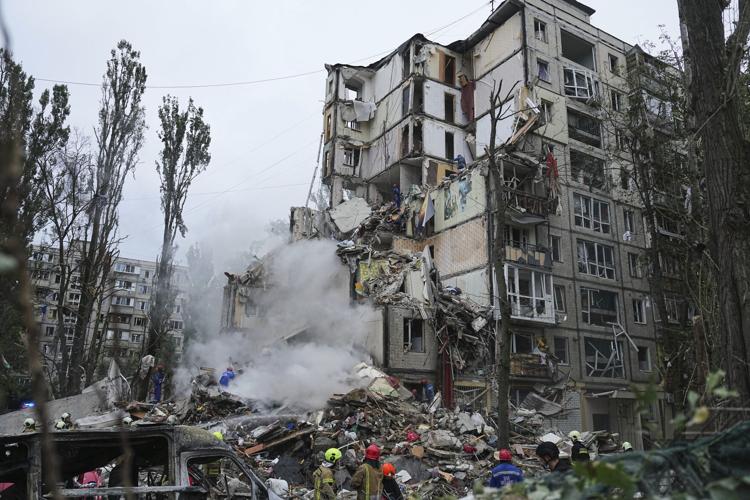Recent devastating missile and drone attacks have inflicted immense damage across a major urban center, leading to significant loss of life and widespread destruction. The scale of these assaults highlights the severe impact on civilian populations and the urgent need for humanitarian aid amidst the ongoing crisis. Authorities are grappling with the aftermath, as rescue operations continue and communities reel from the unexpected trauma.
The human toll of these coordinated strikes is profound, with reports confirming numerous fatalities, including vulnerable individuals like a six-year-old child. Over a hundred and thirty people sustained injuries, among them fourteen children, underscoring the indiscriminate nature of the bombardments. This tragic outcome marks one of the highest numbers of child casualties recorded in a single incident within the affected region, amplifying concerns about civilian safety.
Structural integrity has been severely compromised across the city, most notably with the partial collapse of a nine-story residential building. Emergency services have been working tirelessly, sifting through rubble in desperate search of survivors and those trapped beneath the debris. Eyewitness accounts speak of profound shock and disorientation, as residents confront the complete obliteration of their homes and daily lives.
Analysis of the attacks indicates a complex assault involving a large number of unmanned aerial vehicles and multiple cruise missiles. While defensive measures successfully intercepted a significant portion of the incoming threats, several projectiles managed to strike their targets, causing catastrophic damage. The sheer volume and sophistication of the weaponry employed signify a coordinated and impactful strategic operation.
Beyond the primary target city, reports indicate that residential areas in other eastern territories of the affected nation also experienced similar destructive strikes. One such incident resulted in additional casualties and injuries, further extending the geographical scope of the humanitarian challenge. The coordinated nature of these incidents points to a broader pattern of escalated conflict impacting multiple civilian zones.
The devastation in the capital city alone spans at least twenty-seven distinct locations, with specific districts bearing the brunt of the assaults. More than a hundred structures, encompassing homes, educational institutions, healthcare facilities, and universities, have sustained damage. This extensive infrastructure damage severely disrupts essential services and daily life for thousands of residents.
Internationally, there has been a strong reaction to the intensified attacks, with global figures expressing profound condemnation and concern. One prominent international voice recently issued a stern ultimatum, setting a deadline for de-escalation before considering punitive measures and economic repercussions. Such statements reflect the growing global apprehension regarding the escalating humanitarian situation and its broader implications.
Furthermore, incidents of drone wreckage impacting railway infrastructure in neighboring regions highlight the collateral effects of these widespread aerial operations, disrupting transportation and adding to the overall instability. Simultaneously, reports from military frontlines indicate shifting control over strategically important urban areas, pointing to ongoing territorial disputes and persistent conflict in the region.
The collective impact of these successive attacks underscores a dire humanitarian situation, necessitating urgent international attention and support for the affected populations. The focus remains on rescue efforts, providing aid to the displaced, and addressing the long-term recovery needs in the face of such profound destruction and loss of life.






Leave a Reply